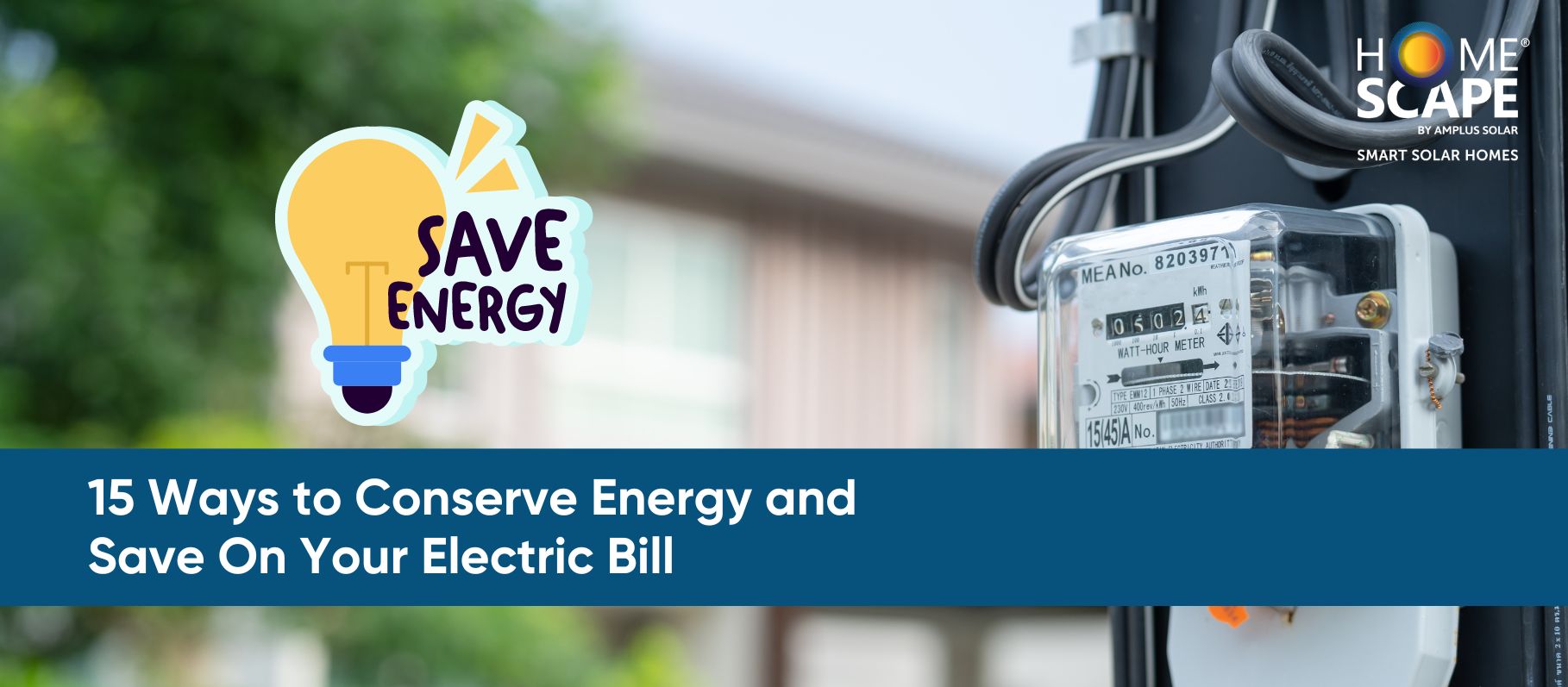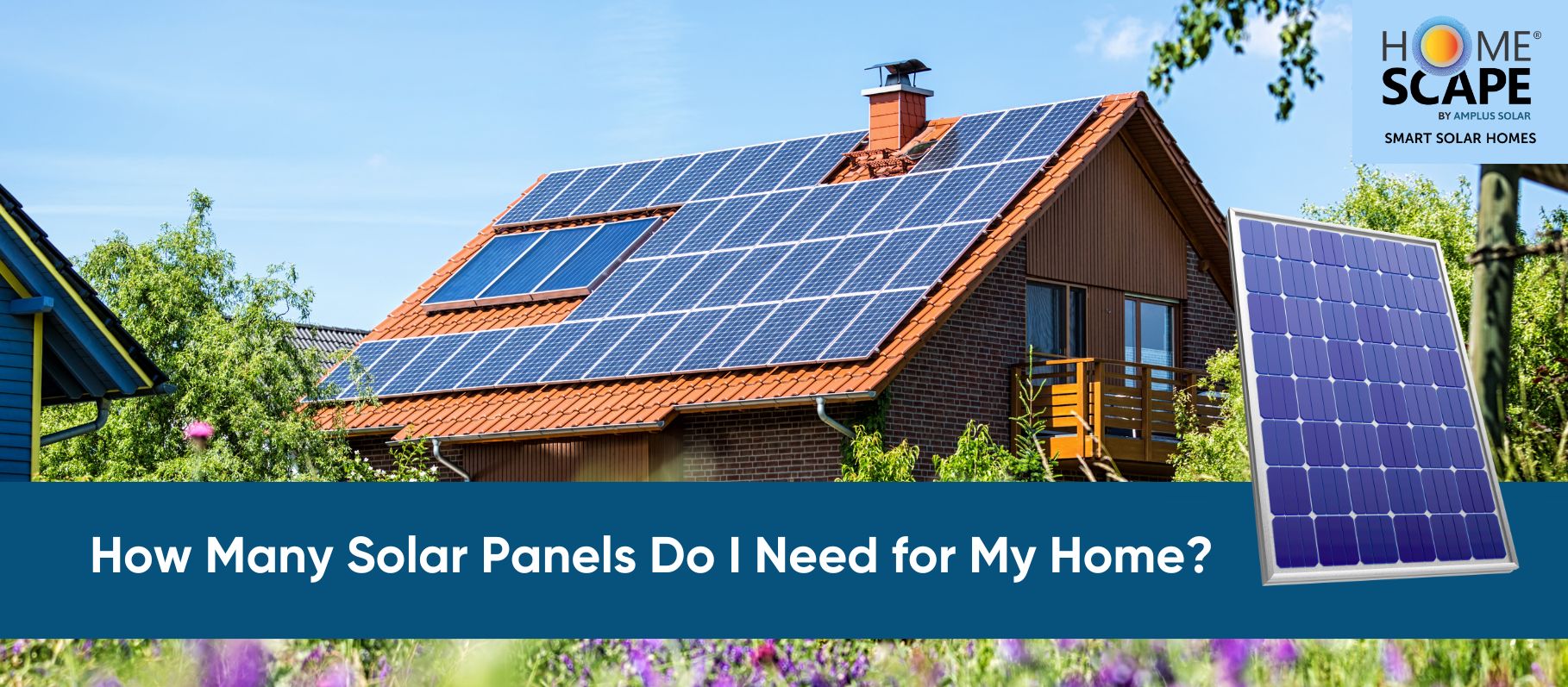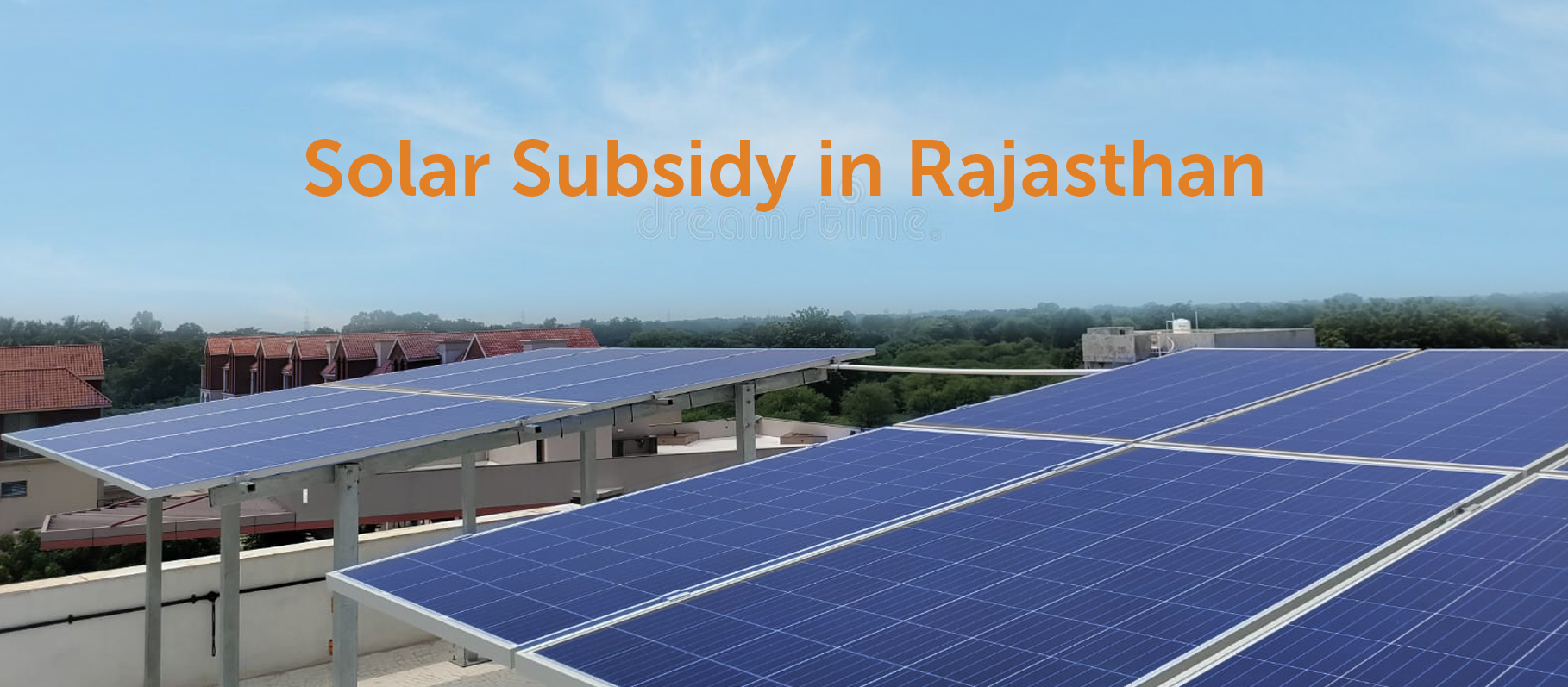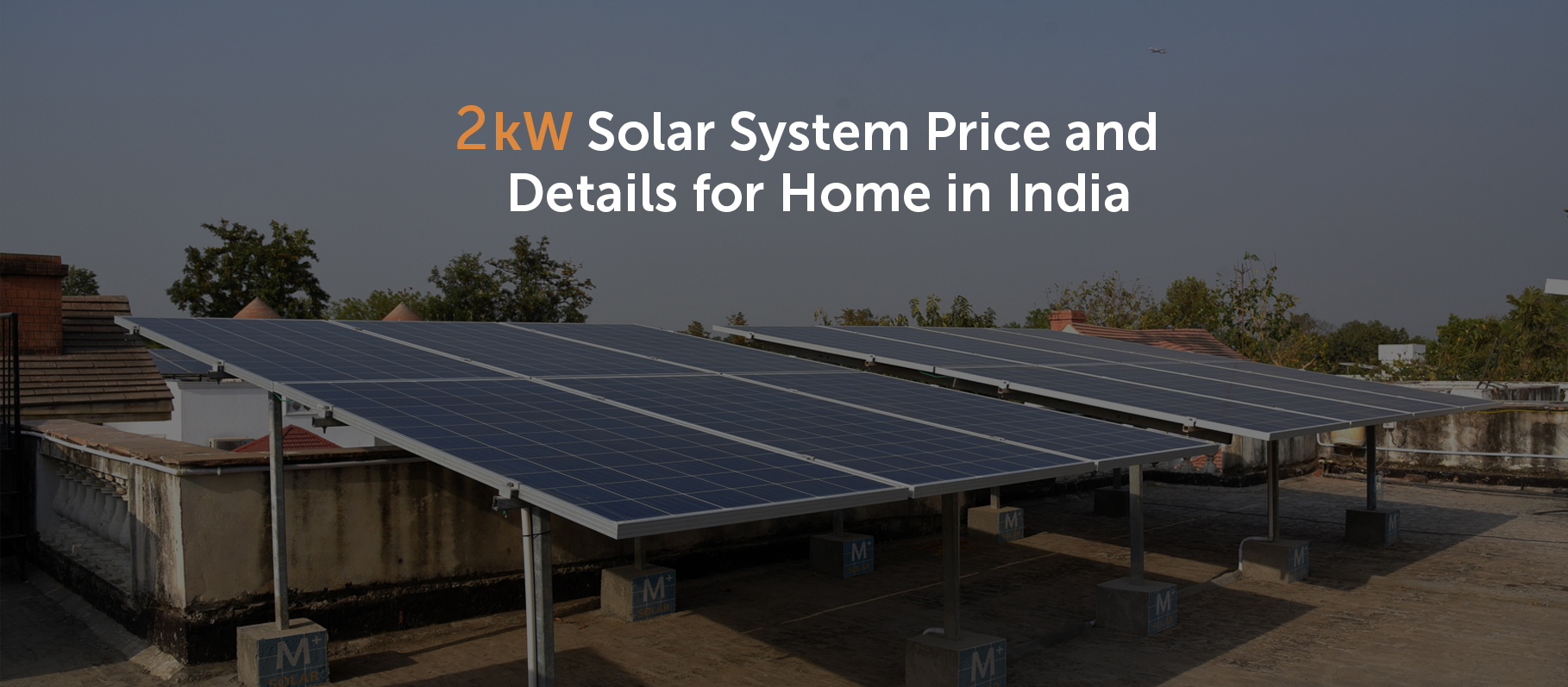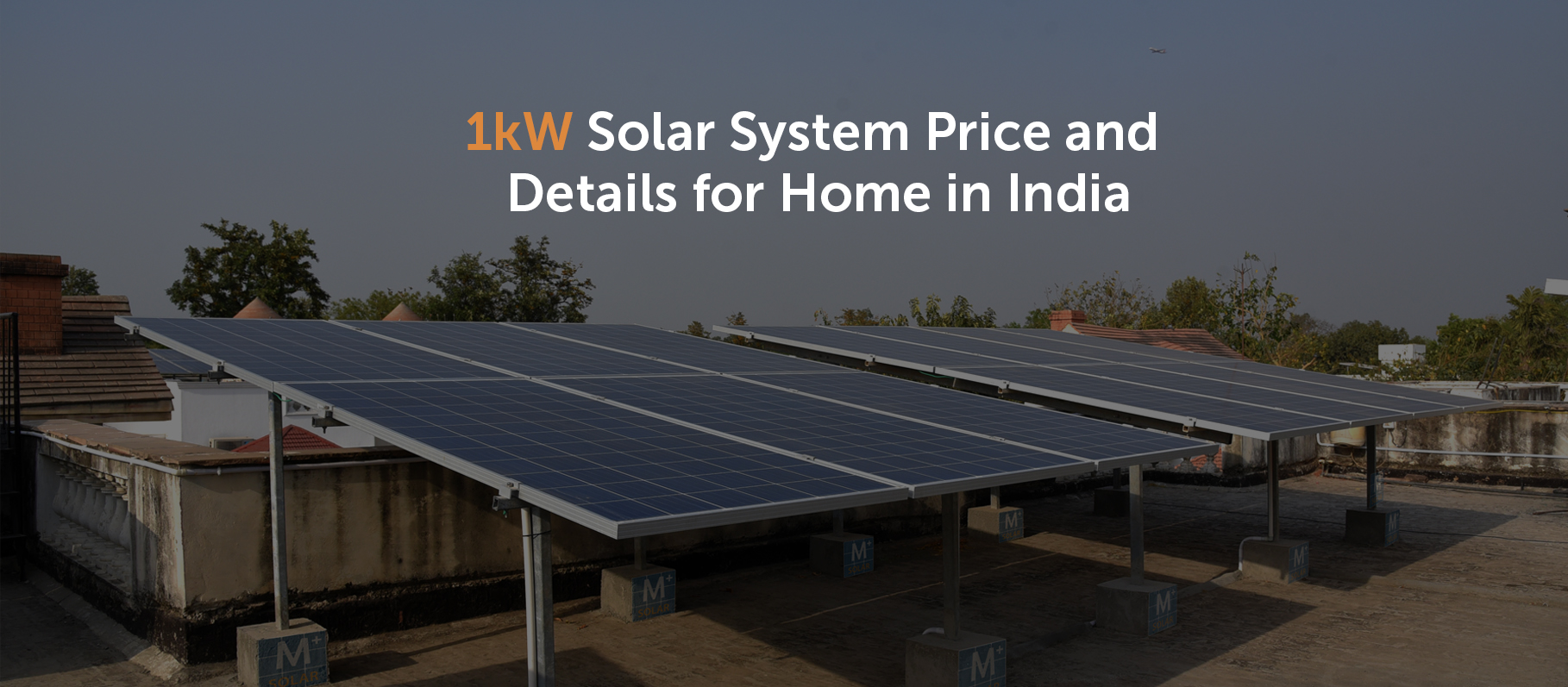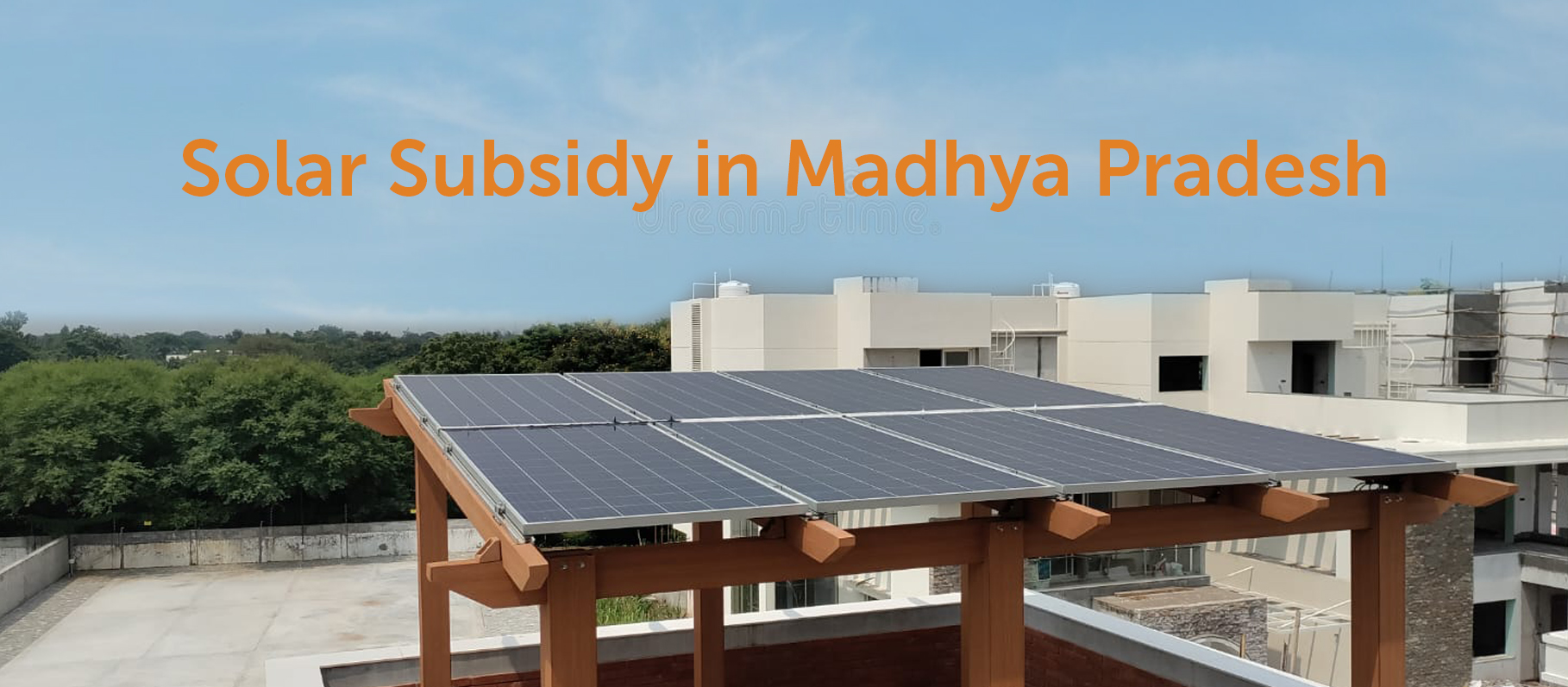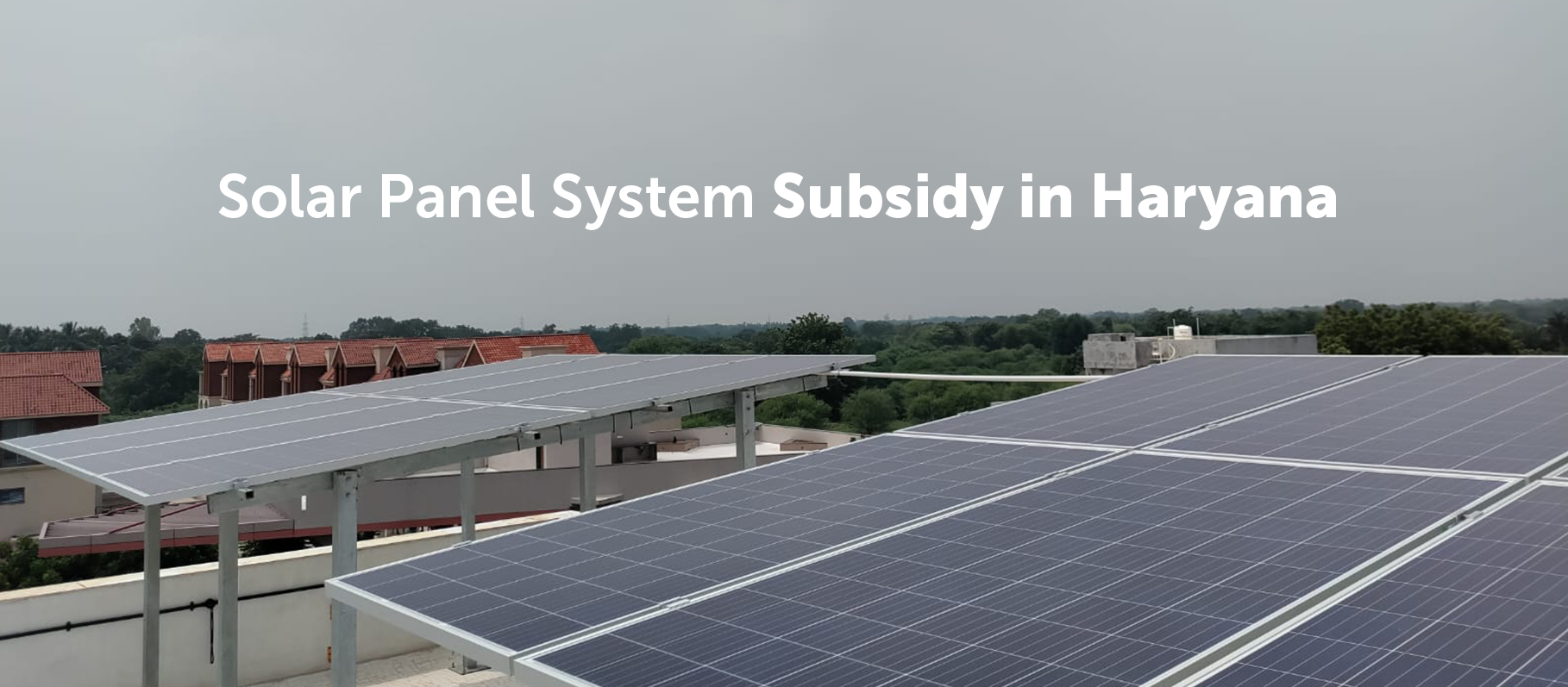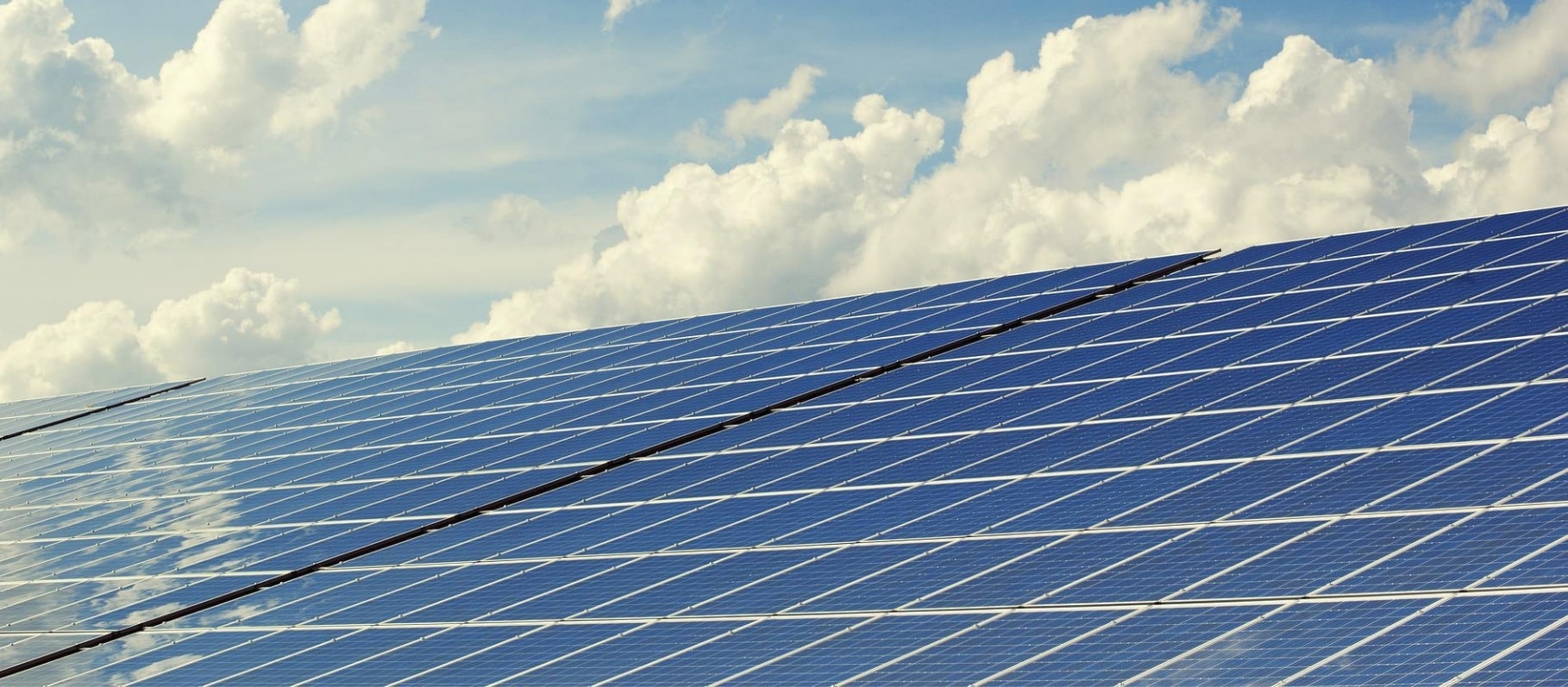Categories
22 April 2024
15 Ways to Conserve Energy and Save On Your Electricity Bill
With the stock of natural resources on a rapid decline, finding optimal ways of saving energy has become a priority [...]
22 April 2024
How Many Solar Panels Do I Need for My Home?
Recently, solar energy has become more prevalent in India as a sustainable and cost-effective home power source. With rising electricity [...]
19 April 2024
Complete Guide About Solar Cell
A solar cell functions to turn sunlight into electricity in an environmentally-friendly and sustainable way. By harnessing the power of [...]
12 January 2024
Solar System Subsidy in Rajasthan 2024
With the advanced solar photovoltaic solar systems, solar energy has become more than just an alternative resource to our depleting [...]
10 January 2024
5KW Solar System for Home in India, Price, Subsidy 2024
A 5kW solar power system is sufficient in supporting the electricity needs of a 2BHK, 3BHK and any other medium-sized [...]
10 January 2024
2kW Solar System Price, Subsidy, Benefits for Homes in India: 2024
Solar photovoltaic technology is making electricity green and reliable for homes. A small 2 kW solar system can be your [...]
10 January 2024
1kW Solar System Price with Subsidy for Home in India(2024)
Are you planning to upgrade your home to a solar-powered home? Do you think you have a small home and [...]
10 January 2024
Solar Panel System Subsidy in Madhya Pradesh 2024
Home solar systems are widely recognised and adopted among homeowners who want to avoid paying high electricity costs. The government [...]
10 January 2024
Home Solar System Subsidy in Haryana 2024
A rooftop solar system has immense potential to offset your electricity cost and offer 25 years of environmentally-friendly, low-cost solar [...]
10 January 2024
Home Solar Panel System Subsidy in Uttar Pradesh 2024
Your rooftop solar system in UP can exalt your home’s value and help you offset your energy cost and carbon [...]
